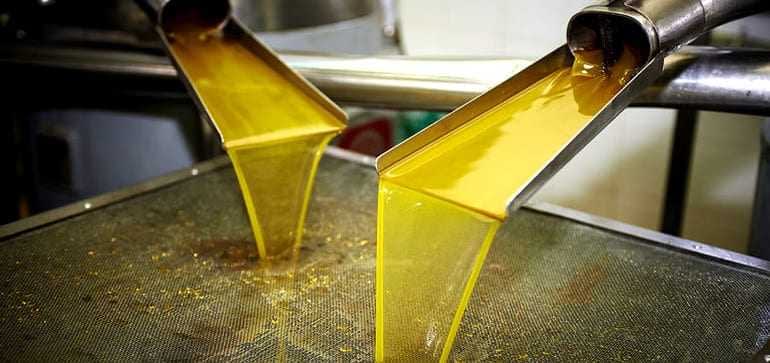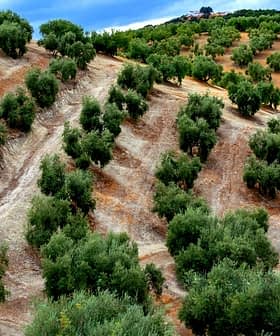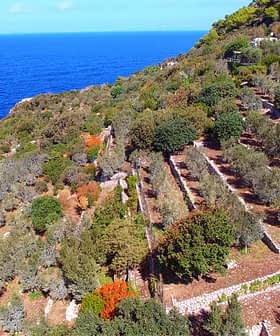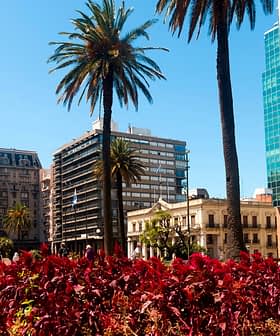
Basically, two things come out of an olive when you mill it: olive oil and water. We know what to do with the oil. Managing the water, on the other hand is a delicate and expensive challenge.
The management of waste water remains a critical and unsolved problem, especially in regions where huge quantities are produced.
Yet these byproducts also contain phenolic compounds recognized for their anti-inflammatory and antimicrobic properties.
That’s why several approaches have been investigated to recover bioactive chemicals from olive mill waste waters in order to exploit them for pharmaceutical, nutritional and cosmetic applications.
We already wrote about a research on olive oil byproducts coordinated by Prof. Maurizio Servili from Università di Perugia.

Now, another Italian study on possible treatments and applications for olive mill waste water (OMW) has been carried out by Dr. Giuseppe Di Lecce and fellow researchers (Alfredo Cassano, Alessandra Bendini, Carmela Conidi, Lidietta Giorno and Tullia Gallina Toschi) at the University of Bologna.
The composition of OMW shows a large variability depending on several parameters such as cultivar, harvesting time and oil extraction technology, the researchers point out.
OMW is a dark liquid effluents characterized by high concentrations of organic compounds, including organic acids, sugars, tannins, pectins and phenolic substances that make them phytotoxic and inhibit bacterial activity.
In terms of pollution, one cubic meter of OMW is equivalent to 100 – 200 cubic meters of domestic sewage. Its uncontrolled disposal in water reservoirs leads to severe problems for the entire ecosystem.
In Di Lecce’s study, olive mill waste waters were treated to evaluate the characteristics of permeate and retentate fractions produced by an integrated membrane system working at two different volume concentration factors.
Researchers evaluated the effect of two membrane-based filtration steps (microfiltration and nanofiltration) on the content of chemical oxygen demand, dry matter, sensory quality, phenolic compounds and antioxidant activity of permeate and retained samples.
The double treatment of microfiltration and nanofiltration generated a clean, liquid product that can be recycled as processing water, and retentate fractions with a low molecular weight which show a significant concentration of phenolic compounds. Depending on the degree of purity and on specific sensory properties these may be destined to the recovery of molecules with antioxidant activity or could be used in different sectors such as fertilizers production, animal nutrition and the food and pharmaceutical industries.
The integrated process demonstrated to be a valid approach to produce phenol extracts valuable for several industry branches and the study’s results suggested that there is a “sustainable hypothesis of ‘normal industrial practice’ that can be included in current processes of oil extraction, in order to purify water and recover phenolic compounds with high added value.”
The research was presented on the occasion of a meeting on technological innovation in the Calabrian at the experiment station of the Regional Agricultural Development Agency in Gioia Tauro, organized by Apor (Calabrian olive oil producers’ association) with the collaboration of Calabria Region, the University of Bologna and the Institute on Membrane Technology at the University of Calabria in Rende.








